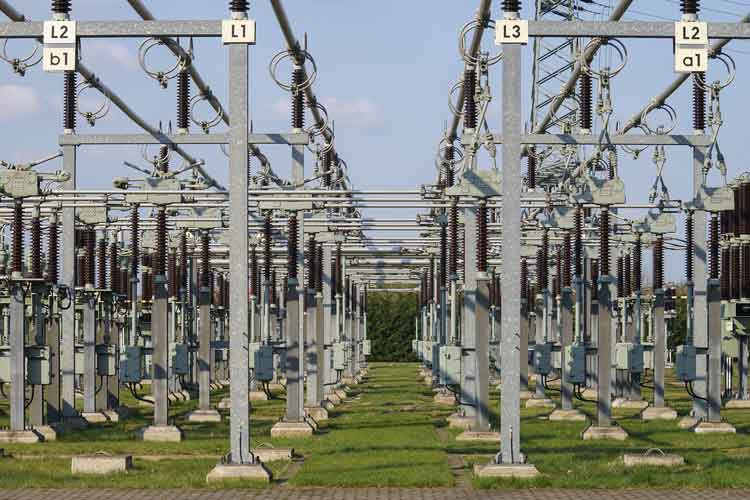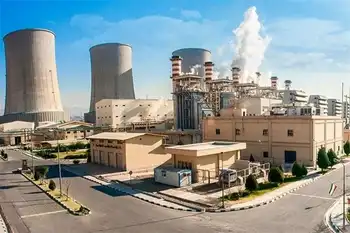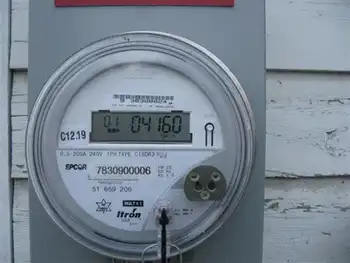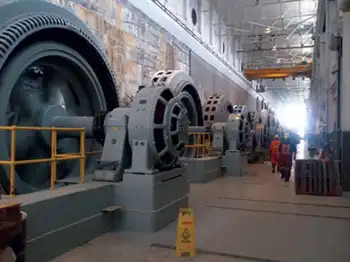Where will our power come from?
By Knight Ridder Tribune
Protective Relay Training - Basic
Our customized live online or in‑person group training can be delivered to your staff at your location.

- Live Online
- 12 hours Instructor-led
- Group Training Available
By 2025, the city might consume almost 400 million watts of electricity during peak hours, according to current projections. Today, its peak city load is about 270 million watts.
Additionally, within 15 years, 15 percent of the Columbia's energy must come from renewable sources to comply with a city ordinance. Renewable energy from landfill gas and wind power is projected to make up about 5 percent of total energy usage by next ear. Can Columbia continue to grow while meeting its ambitious environmental goals? Finding answers to these problems will fall to an outside consulting firm hired to create an "integrated resource plan" for power usage.
The plan will project the city's power supply needs during the next 20 years and draft solutions in cooperation with the city's Power Supply Task Force.
B&M was the highest bidder of four firms interested in the project, but Water & Light officials believe its experience working with eco-friendly cities and the fact that the company created Columbia's last such plan in 1992 warrant the cost. The firm, which also does engineering and construction management, will sign an agreement not to bid on construction work for any power stations it recommends building in Columbia.
Local officials are under no illusions that the options B&M recommends will come cheap. The cost of expanding power capacity in the next 20 years is projected to exceed $1 billion. "None of these are going to be small-cost options," Water & Light director Dan Dasho said. "But we have to be able to provide that kind of level, so what you look for is the most cost-effective approach that includes all the criteria you're looking for.
Options likely will include expanding and purchasing more power from Sikeston's municipal plant and Nearman Municipal Power Plant in Kansas City and expanding Columbia's own Municipal Power Plant on Business Loop 70. A local expansion likely would include a new boiler for coal and a boiler capable of burning renewable fuel, Dasho said.
The local plant provides about 7 percent of Columbia's power and burns mainly coal. Columbia might also elect to increase its energy purchase from Iatan II, an 850 megawatt power plant under construction north of Kansas City, Dasho said. The city has agreed to purchase 20 megawatts from the plant beginning in 2008.
Kaih Harris, a principal with B&M, said the decision to purchase or build will depend on growth. "What we try to do is look at ranges around the forecast and determine what would happen if growth was higher or lower. Columbia is certainly growing, but w want to give the city different options depending on how that growth occurs," he said.











